In June 2024, the Rushi Investigation Team delved deep into the pepper producing regions of Hainan. They inspected various aspects of pepper cultivation and harvesting, including planting, primary processing, and storage, to evaluate the food safety level of pepper raw materials.
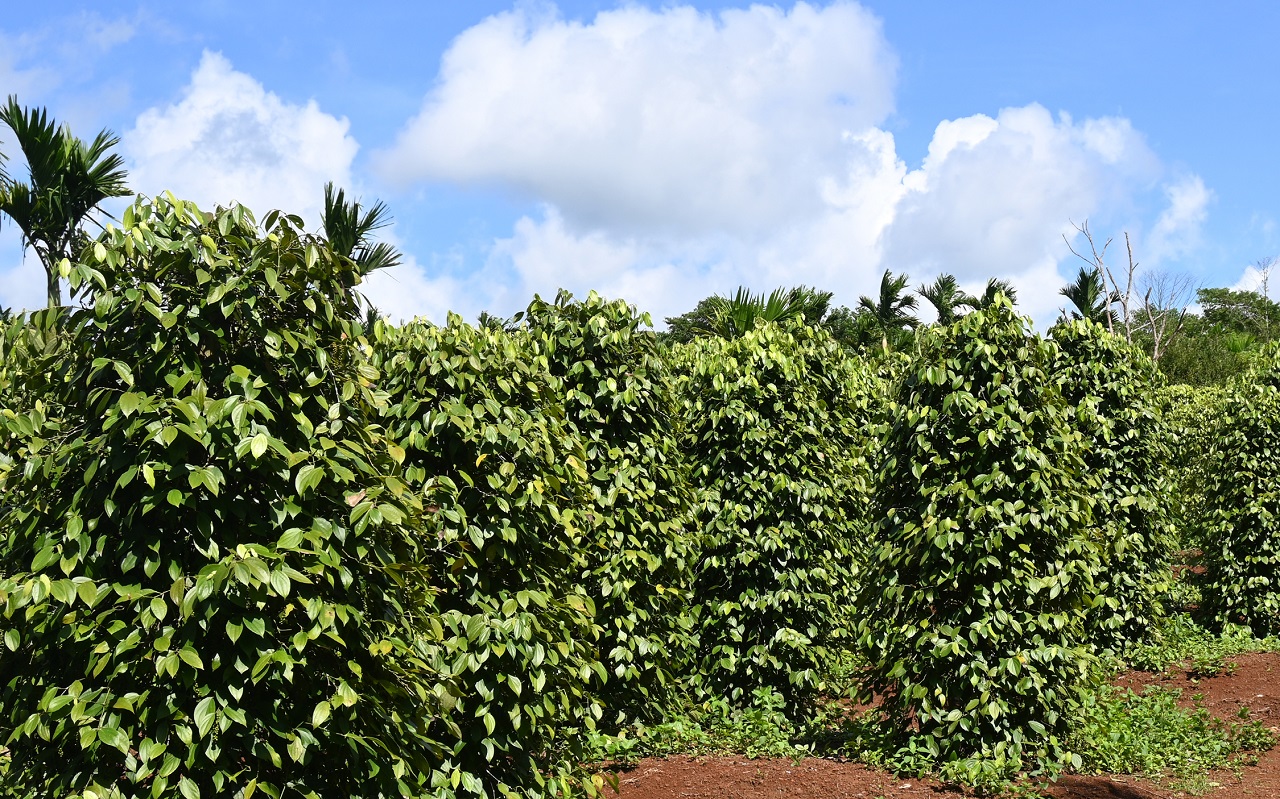
Based on the National Food Safety Risk Assessment Center's "Food Safety Assessment Guidelines" and the actual conditions of agricultural products, a food safety risk analysis was conducted on pepper raw materials.
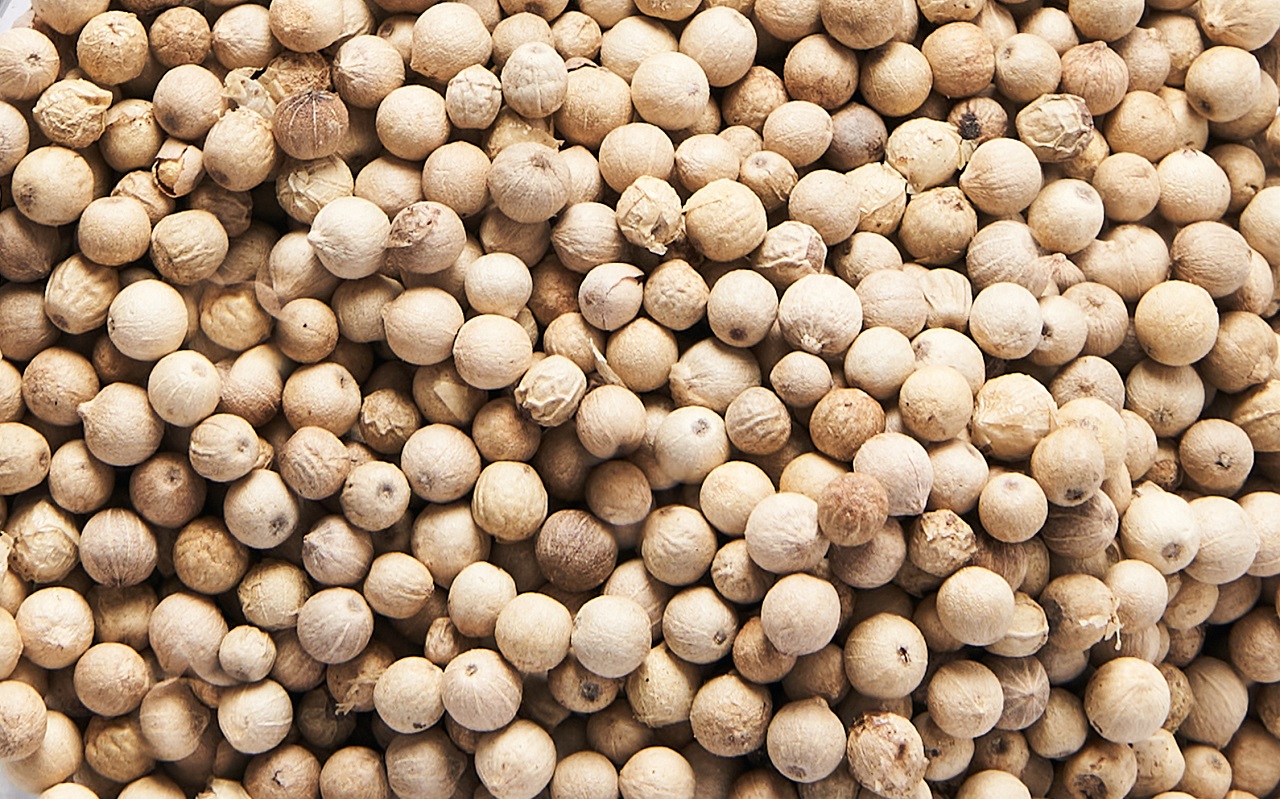
Base-grown pepper can be traced back to the growers; however, pepper from individual farmers comes from numerous smallholdings, making it difficult to trace back to the specific growers, presenting certain traceability risks.
Base-grown pepper controls pests using water and fertilizer without applying pesticides; individual farmers use pesticides minimally during cultivation, and the drying process removes the skin, resulting in a low pesticide residue risk.
The soaking and peeling of pepper involves minimal foreign object risk, mainly involving pepper stems and incomplete peeling. The primary processing risk is low.
Base-grown pepper is often stored in woven bags with inner membranes; individual farmers usually store pepper in regular woven bags at room temperature. The risks include the contamination of pepper by non-food grade plasticizers and the volatilization of effective substances.

◭ What does Rushi do to address the risks of pesticide residues and primary processing in pepper?
Perennial climbing vine, stem and branches are hairless with adventitious roots at nodes; leaves are nearly leathery, broad ovate or ovate-elliptical, hairless on both sides; flowers are mixed sex, often unisexual but on the same plant, shorter than or as long as the leaves; fruit is spherical, red without stalk, immature drying to black. Rushi provides types of szechuan pepper as one of the leading dried prickly ash red pepper, dried green prickly ash, and black pepper powder manufacturers.
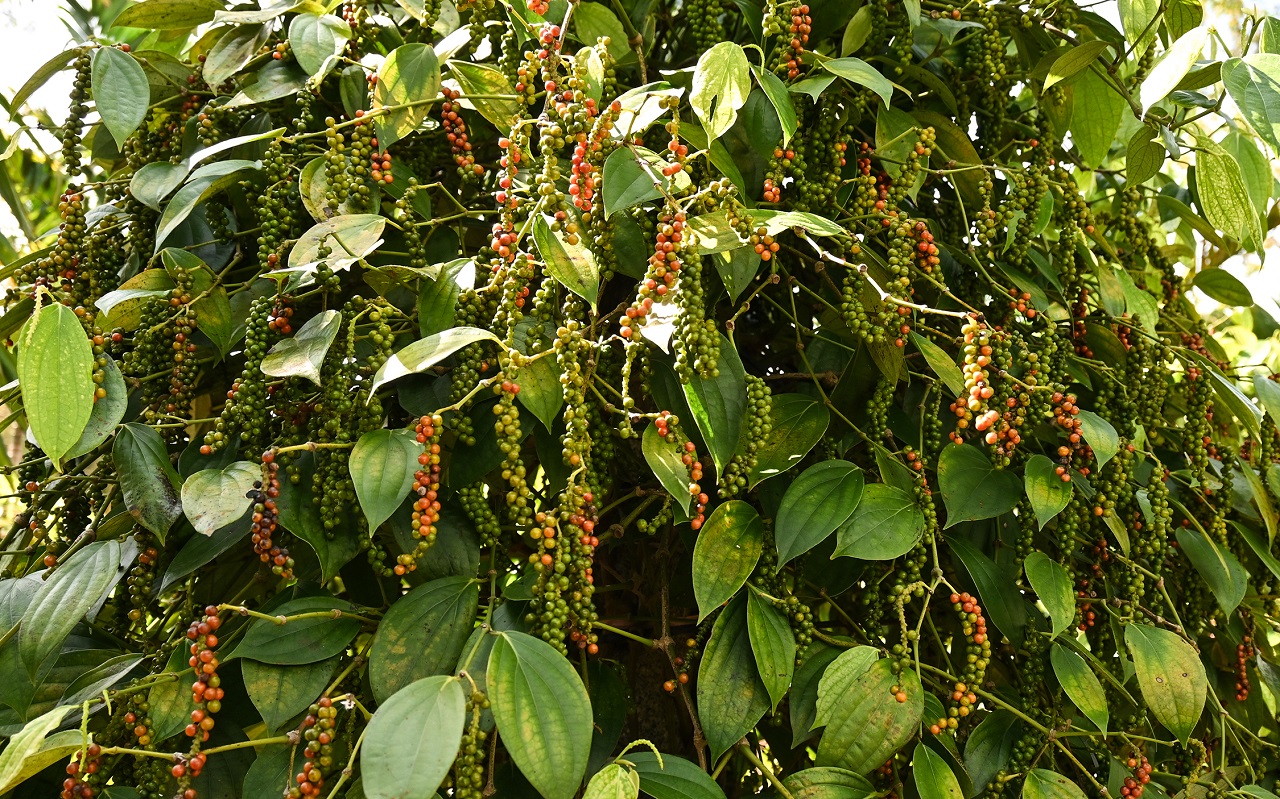
Surface is gray-white or light yellow-white, smooth, with multiple light-colored streaks between the top and the base; cut surface is yellow-white, powdery, with small gaps. Aroma is fragrant, taste is spicy.
Peeled and sun-dried at or above 70% maturity.
Directly sun-dried at 60-70% maturity.
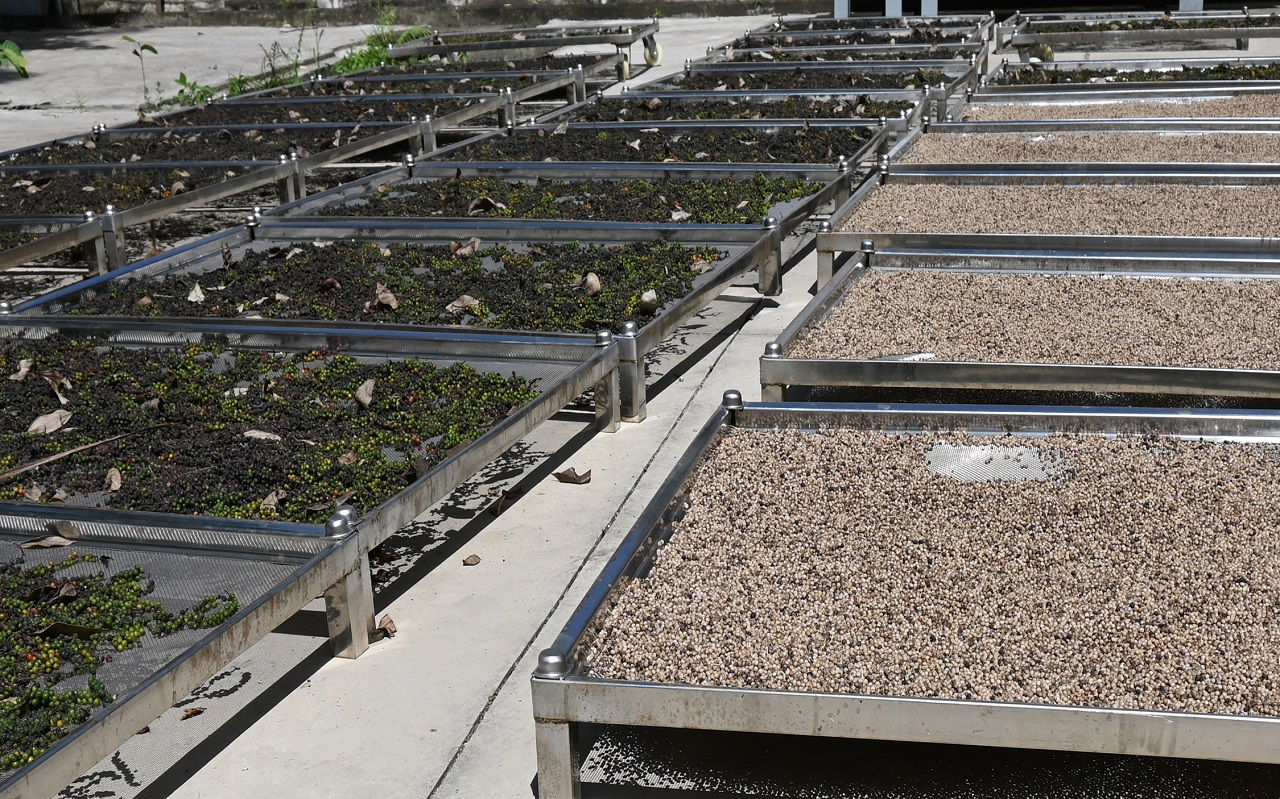
Due to the lower price of black pepper compared to white pepper, Hainan farmers generally process pepper into white pepper for sale.
The main pepper producing regions are located in Hainan Province, at an altitude of 0-100m. The landscape mainly comprises low hills with sandy loam soil, and the climate is predominantly tropical monsoon maritime. Cuttings are usually done from June to August by cutting pepper seedlings older than one year and planting them at the base of granite or basalt pillars. The recommended planting density is 2.3*2.2m between pillars, with 6 plants per pillar.
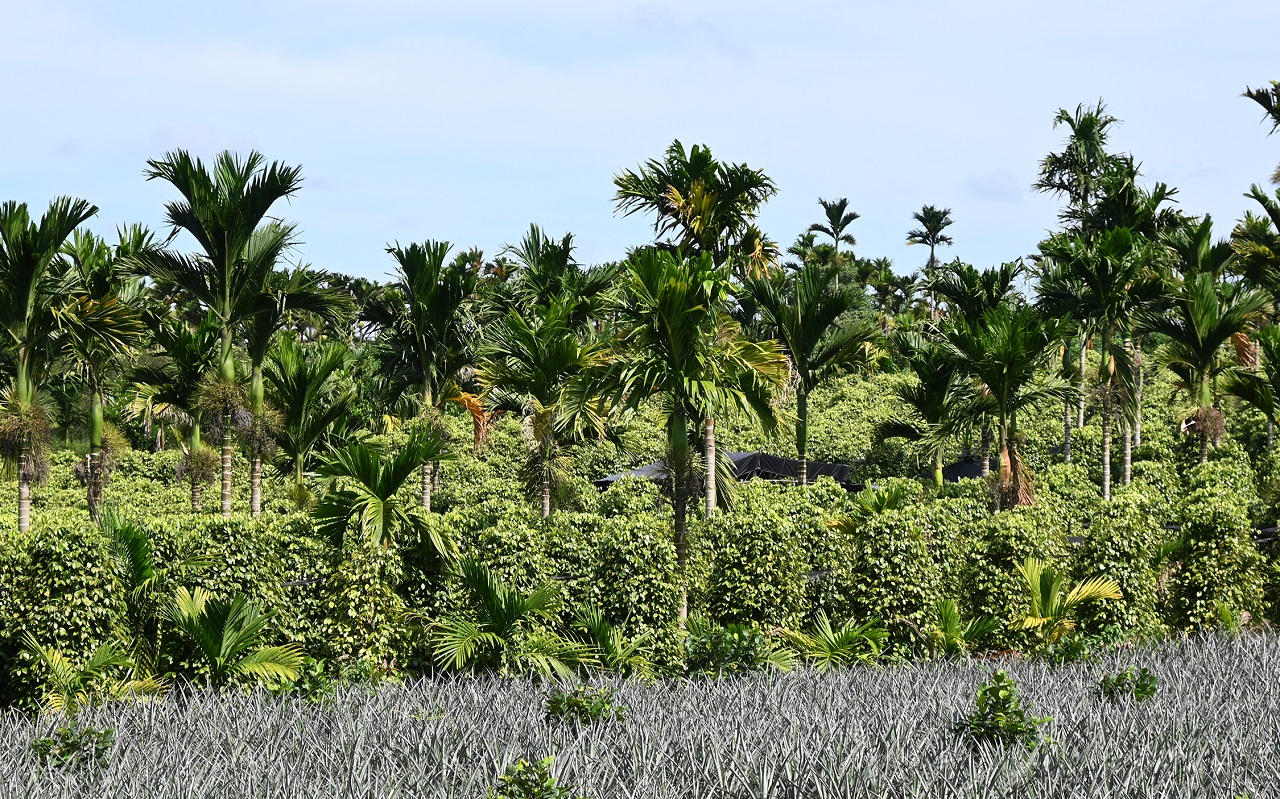
The fertilization cycle for pepper is typically 4-10 times a year, using compound fertilizers, organic fertilizers, and farmyard manure, applied by spreading, foliar feeding, and fertigation. Each application uses about 200-300kg per acre. For irrigation, well water, river water, or reservoirs can be used, with mechanical sprinkling or drip irrigation technology.
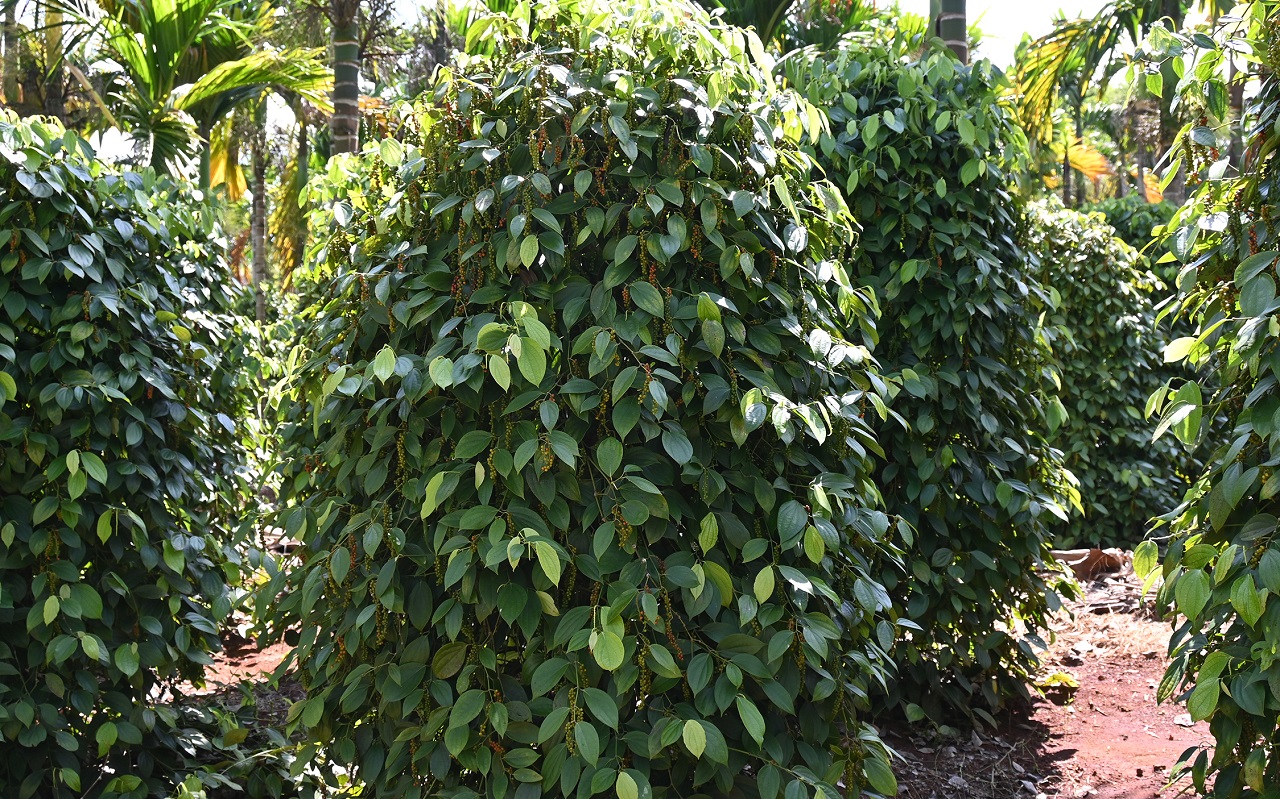
To control pests and diseases, it is recommended to apply pesticides 1-2 times before flowering and fruit setting and to control pests through water and fertilizer management. The harvesting period is usually from June to August, carried out manually on sunny days to avoid harvesting during rainy weather, ensuring the quality and yield of pepper.

The pepper processing includes multiple steps: First, threshing, which uses mechanical equipment to separate fresh pepper into grains; then, high-temperature curing by passing high-temperature steam to cure the pepper skin; next, peeling the cured pepper mechanically, followed by separating debris and water and removing impurities, including water rinsing and manual sieving. Finally, the pepper is dried at 50℃ for 8 hours.
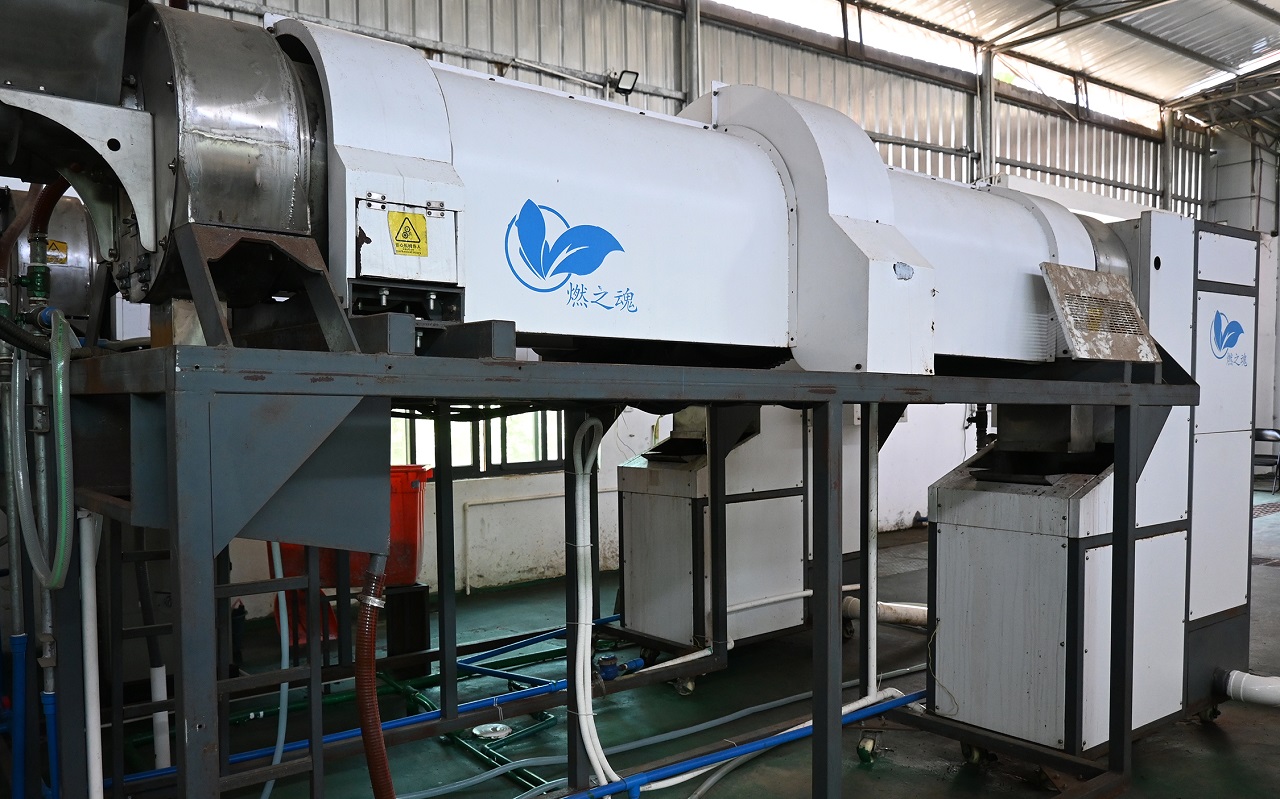
After processing, pepper needs to be stored. It is recommended to store at room temperature in a ventilated and cool environment to prevent pest, rodent, and moisture damage. Pepper is commonly packed in woven bags with inner membranes to ensure quality and long-term storage.
In traditional processing methods, the pepper is handled slightly differently: it includes soaking treatment, where fresh pepper is soaked in water for 8-15 days (15 days for stagnant water, 8 days for flowing water); then, it undergoes manual treading and washing to remove the skin; finally, it is sun-dried on clean tarpaulins laid flat for 2 days. The sun-dried pepper is directly packed in woven bags and stored at room temperature.
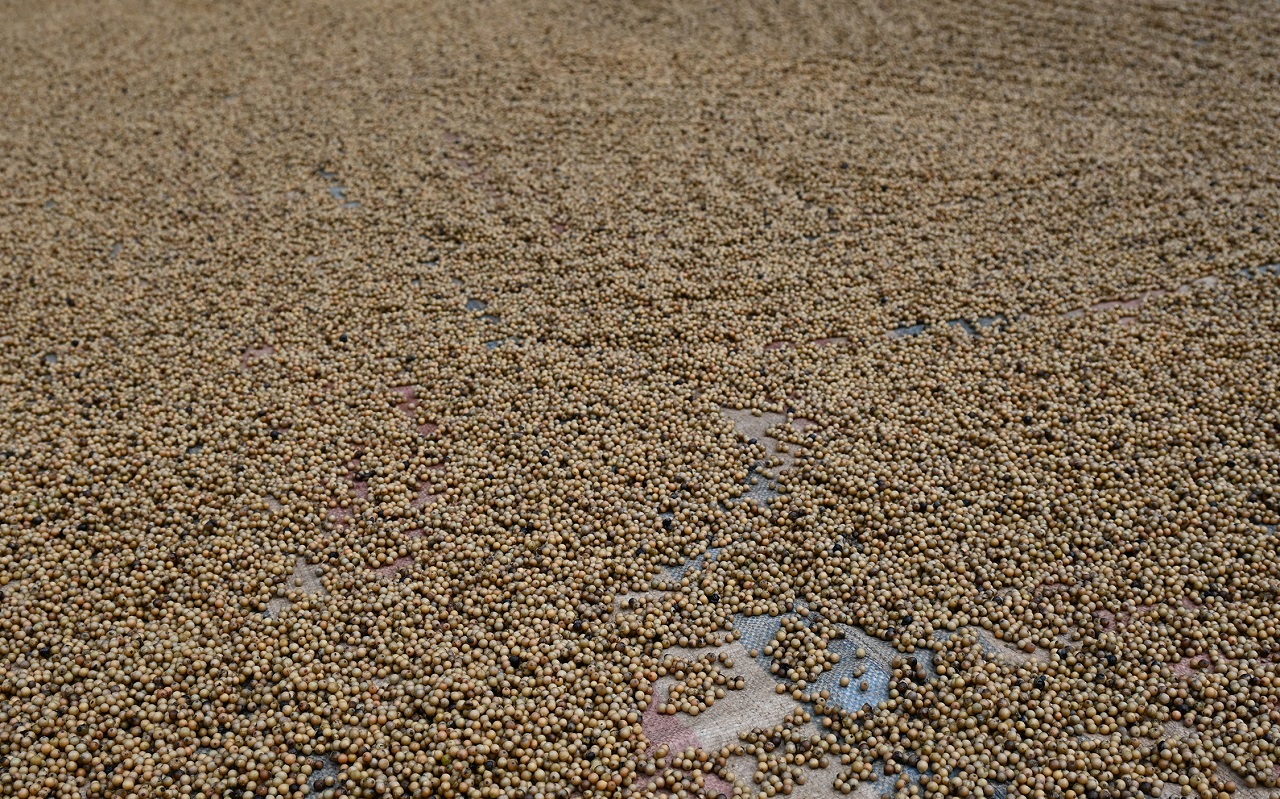
At the beginning of the new production season, organize personnel to conduct in-depth surveys, sampling, testing, etc., in the production area to assess and screen the quality of pepper and the food safety of the production area, and record and archive the findings.
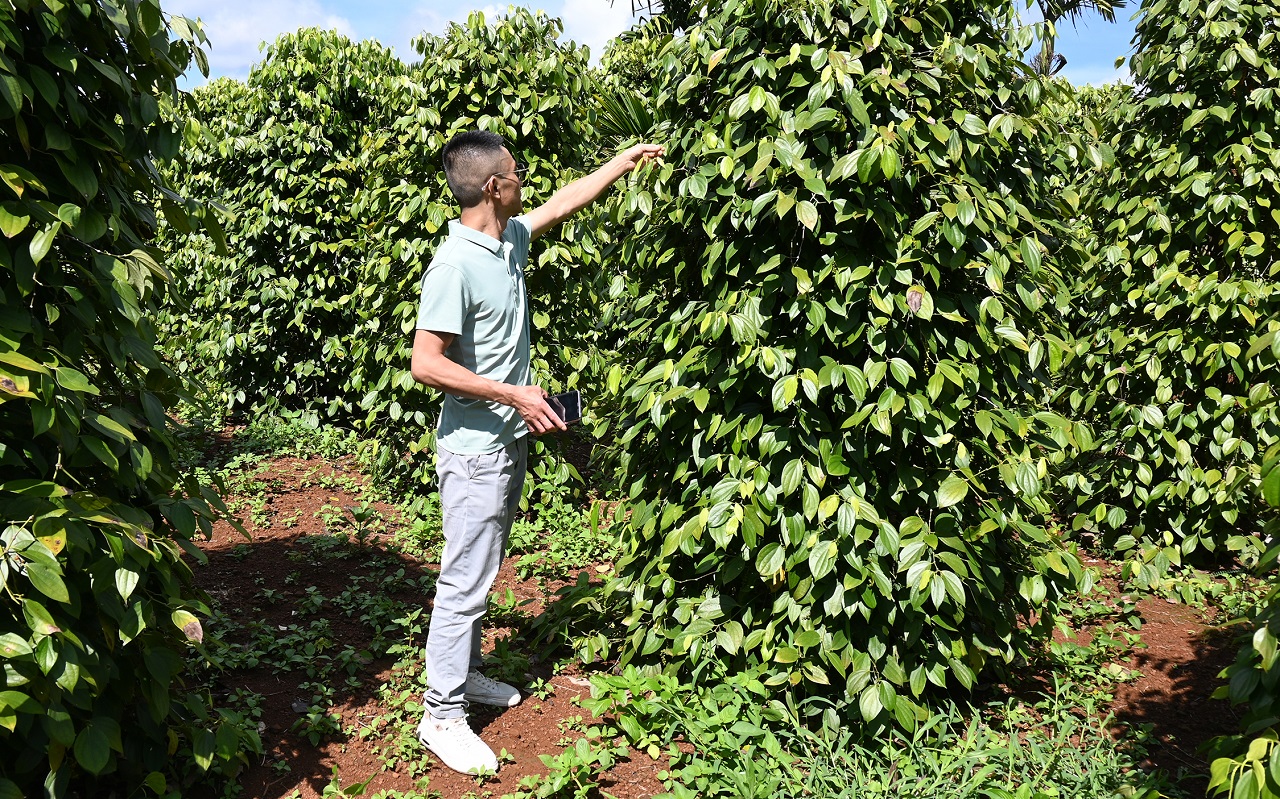
Establish strategic cooperation with pepper planting bases, provide guidance, and monitor the entire process from seedling cultivation, planting, fertilization, pesticide application, harvesting, to drying, implementing standardized management.
Urge pepper planting bases to use low-toxicity, low-residue pesticides, promote the installation of insect lamps, yellow boards, and other green pest control measures, and support the increase of organic fertilizer usage while reducing chemical fertilizer and pesticide usage.
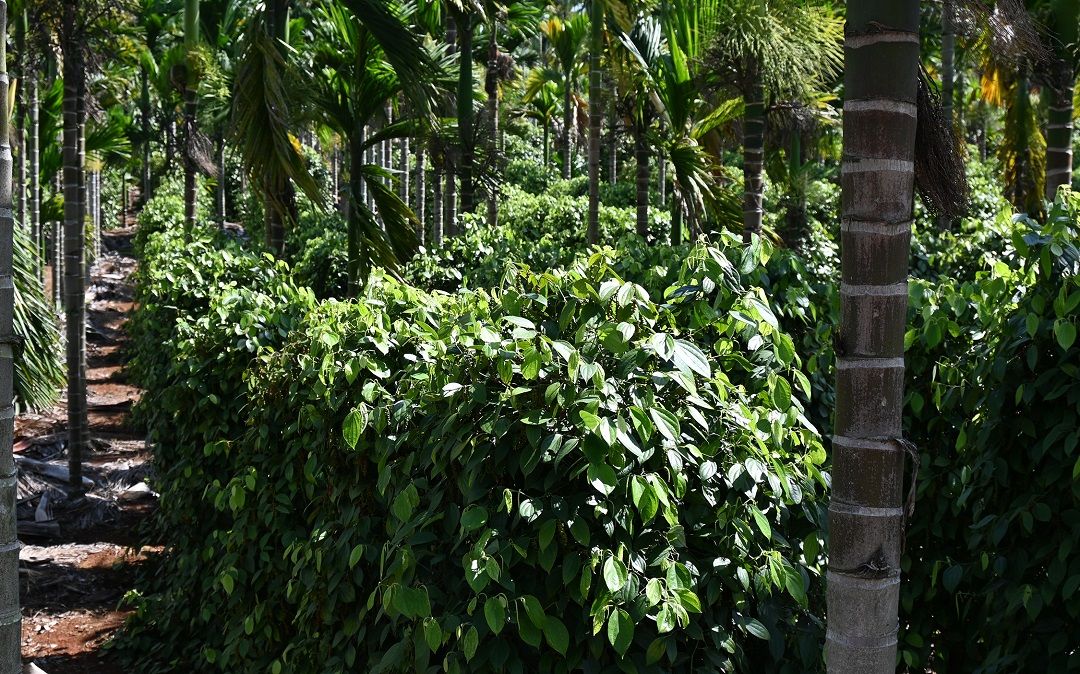
For each batch of raw materials received at the plant, follow the sampling methods outlined in "GB/T 12729.2-2020 Spices and Condiments Sampling Method" for internal or external testing. Summarize and enter the assessment results into the system and provide feedback to the relevant cooperation bases; return any non-conforming raw materials.

Classify and stack: Classify and stack raw materials to reduce the risk of cross-contamination and avoid contact with toxic or harmful substances;
Low-temperature storage: Use large-capacity cold storage at -10 to 0℃ for quality preservation storage, effectively reducing the oxidation and volatilization of pepper aroma components, ensuring stable quality;
Regularly conduct sensory and physicochemical index (volatile oil, numbing agents) testing to monitor quality changes.
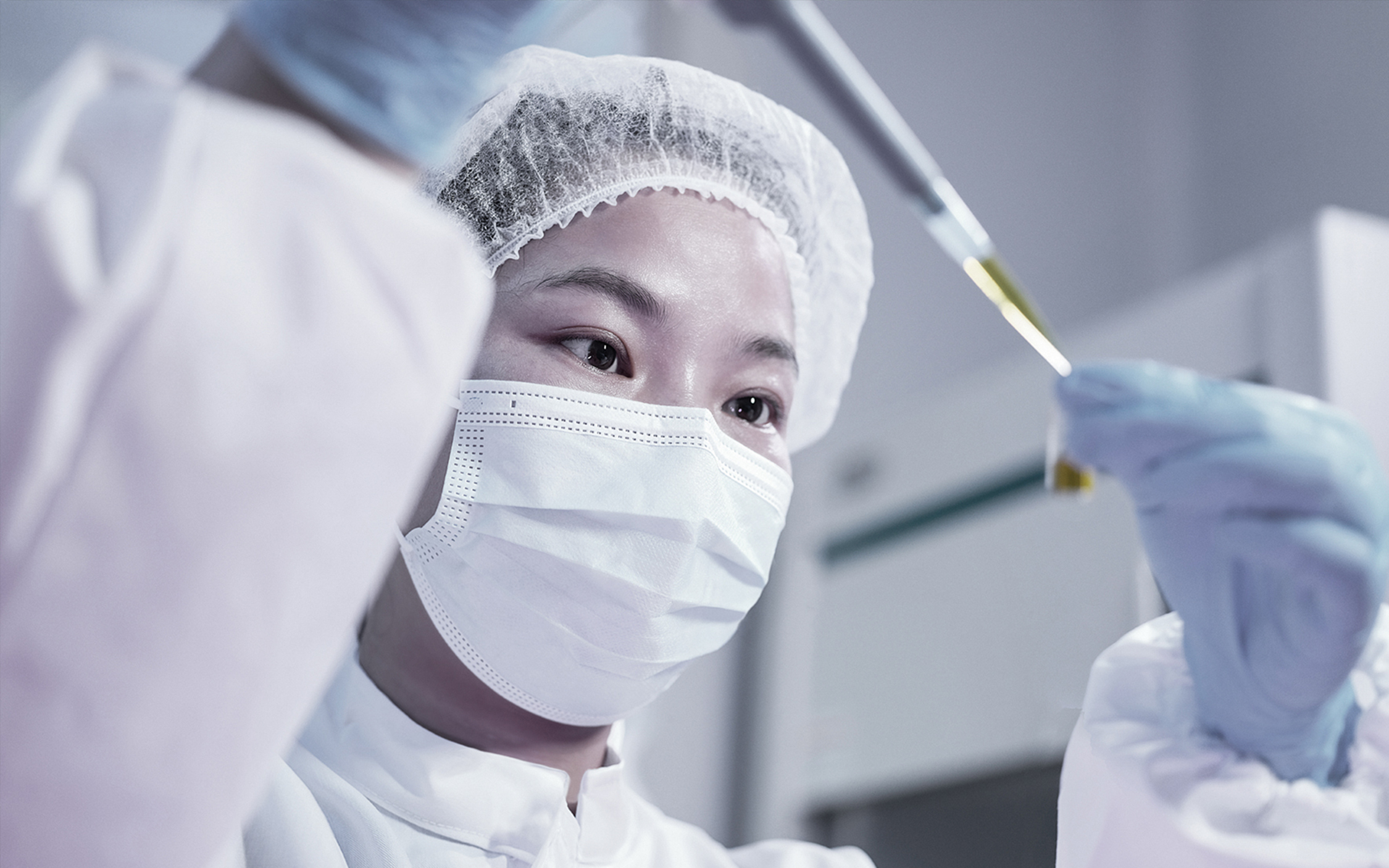
Through this inspection, base-grown pepper has undergone comprehensive risk management, resulting in a food safety risk assessment deemed safe; pepper from individual farmers, due to its complex sources and higher management difficulty, is assessed as relatively safe.
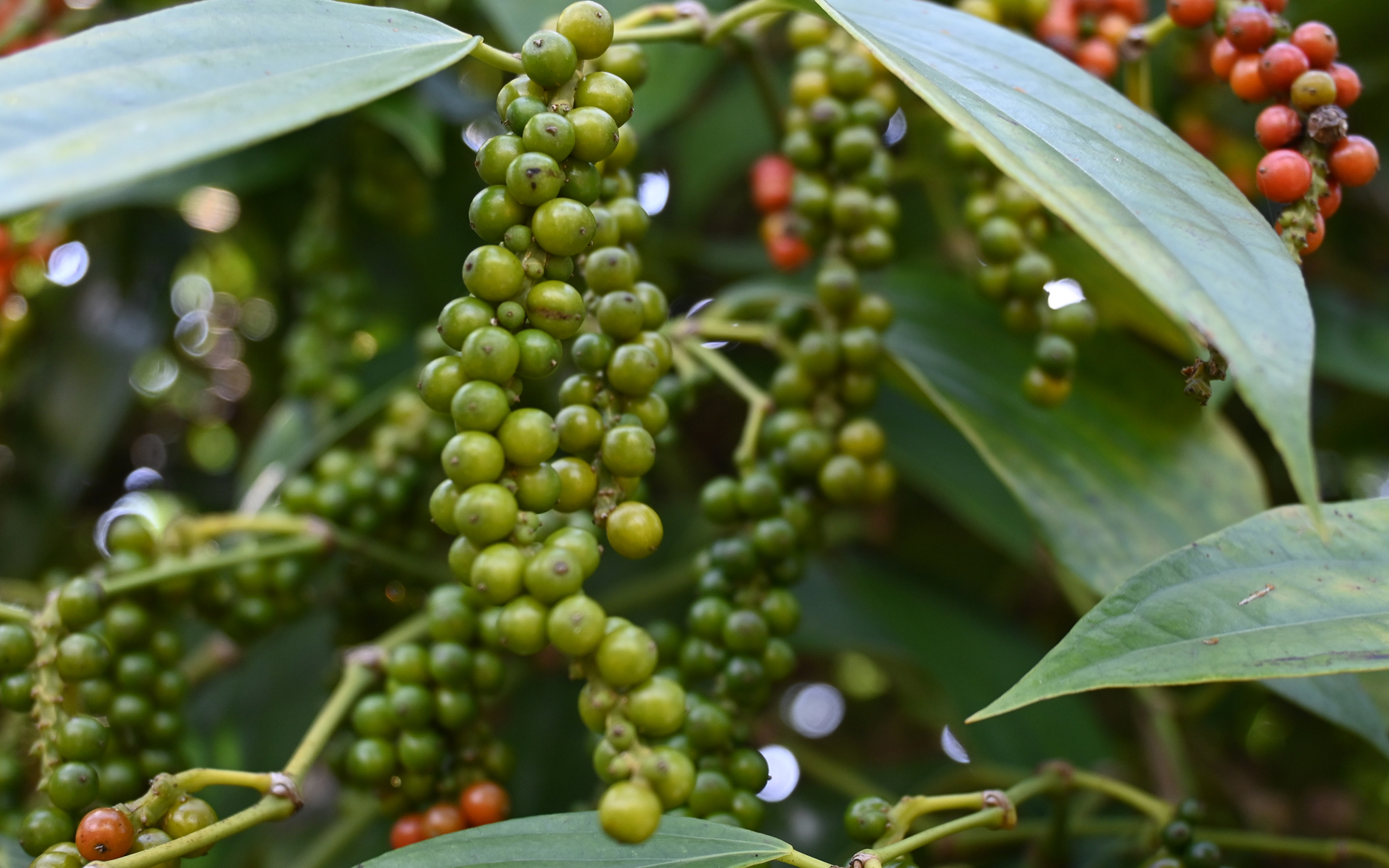
Overall, in the 2023-2024 production season, the climate in Hainan was generally normal, and the growth condition of pepper was good. Various pepper planting bases achieved high yields. Due to market oversupply, some farmers abandoned management, resulting in a decline in production, which is about an 11% drop compared to 2023 (data compiled from the Rushi team's survey, for reference only).
